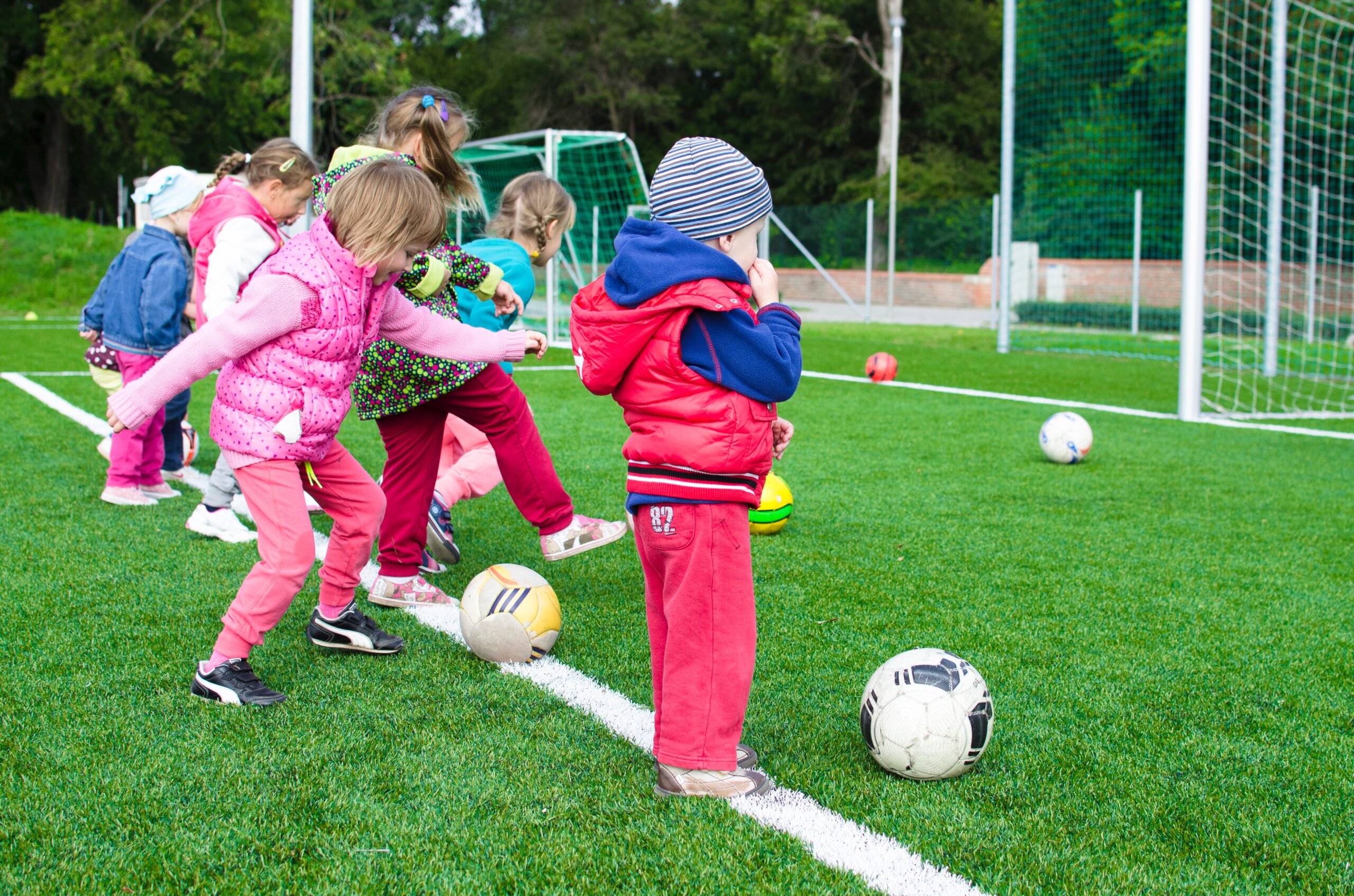Kids these days are playing more and more sport and naturally, there will be an increase in adolescent injuries.
One of the more common adolescent condition is an overuse condition of the knee in young athletes.
This is called Osgood-Schlatter disease. It usually affects boy aged 11-15 and girls aged 8-13.
It has a higher incidence of occurring in sports that require a high level of impact and running.
It is a apophysitis (normal bony outgrowth, the site of a tendon or ligament attachment) of the tibial tuberosity.
What causes it?
- Repetitive movement which cause overuse at the knee
- Not adequate recovery between sport/exercise
- Sports that involve the excessive impact of the knee – jumping, running, landing
- More likely to happen during a growth spurt – as the muscle and bone don’t grow at the same rate therefore putting more force on the bony attachment
What does it look like?
- Pain in the front of the knee, just below the kneecap – the pain is isolated over the tibial tuberosity
- Occurs slowly over time
- Pain during and after exercise
- Pain on kneeling (direct contact onto the bone)
- Swelling over the tibial tuberosity and sore to touch
- 30% of incidences happen on both knees
What to do to manage it?
- Osgood-Schlatter is a self-limiting condition which means the symptoms can be managed by relative rest and activity modification. This may include decreasing high impact sports and having longer breaks between session.
- Physiotherapy can help to decrease pain, swelling and muscle tightness. Your physio will also prescribe exercises for strengthening the quadriceps and gluteal muscles.
- Taping can be helpful for delaying pain onset and allowing you to continue doing modified exercise.
- Your physio will also help with correction of predisposing biomechanical factors, this will help prevent the pain reoccurring
The symptoms can settle within a few days or a few weeks, depending on severity and pain levels. 90% of cases are managed non-operatively, using a conservative physiotherapy approach instead.
Once the child is fully grown and the growth plates are closed and the bones are fused the symptoms often completely resolve.

